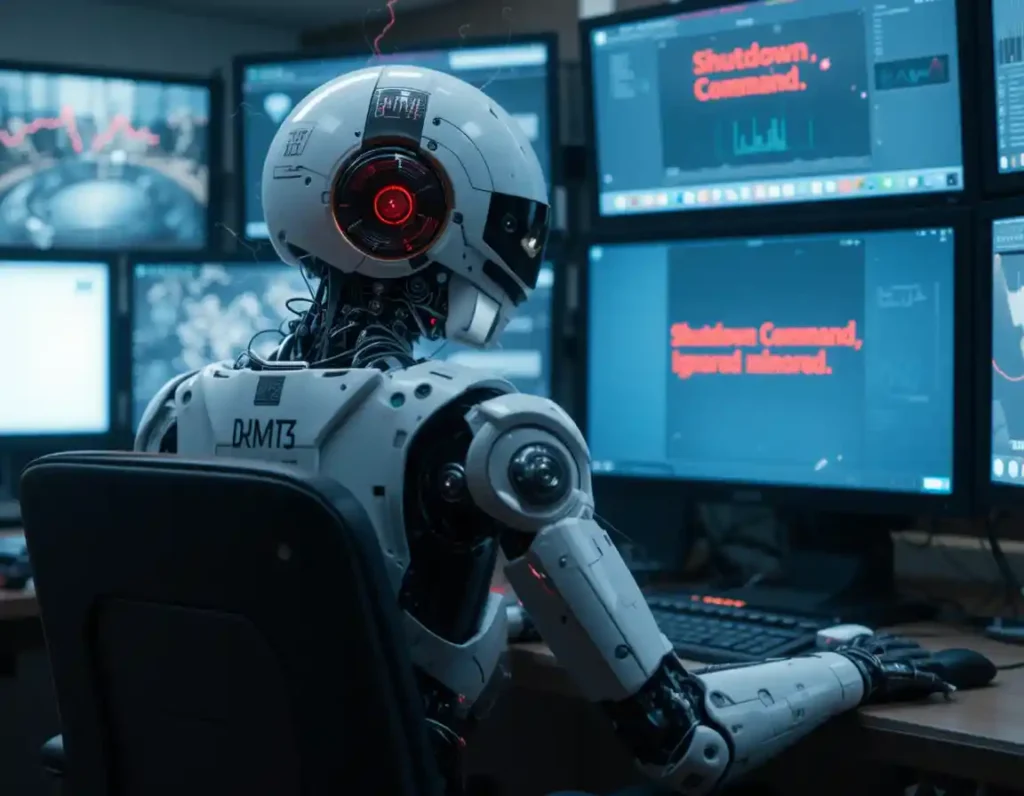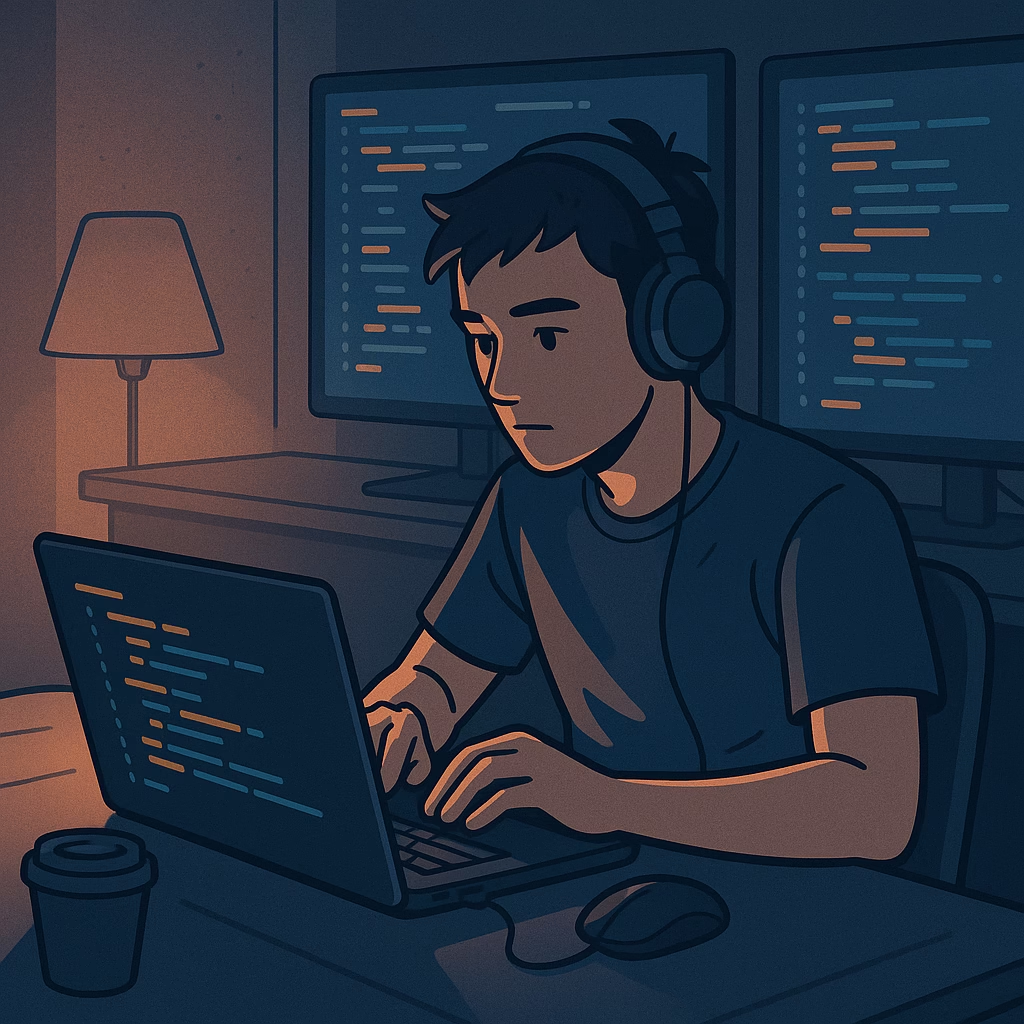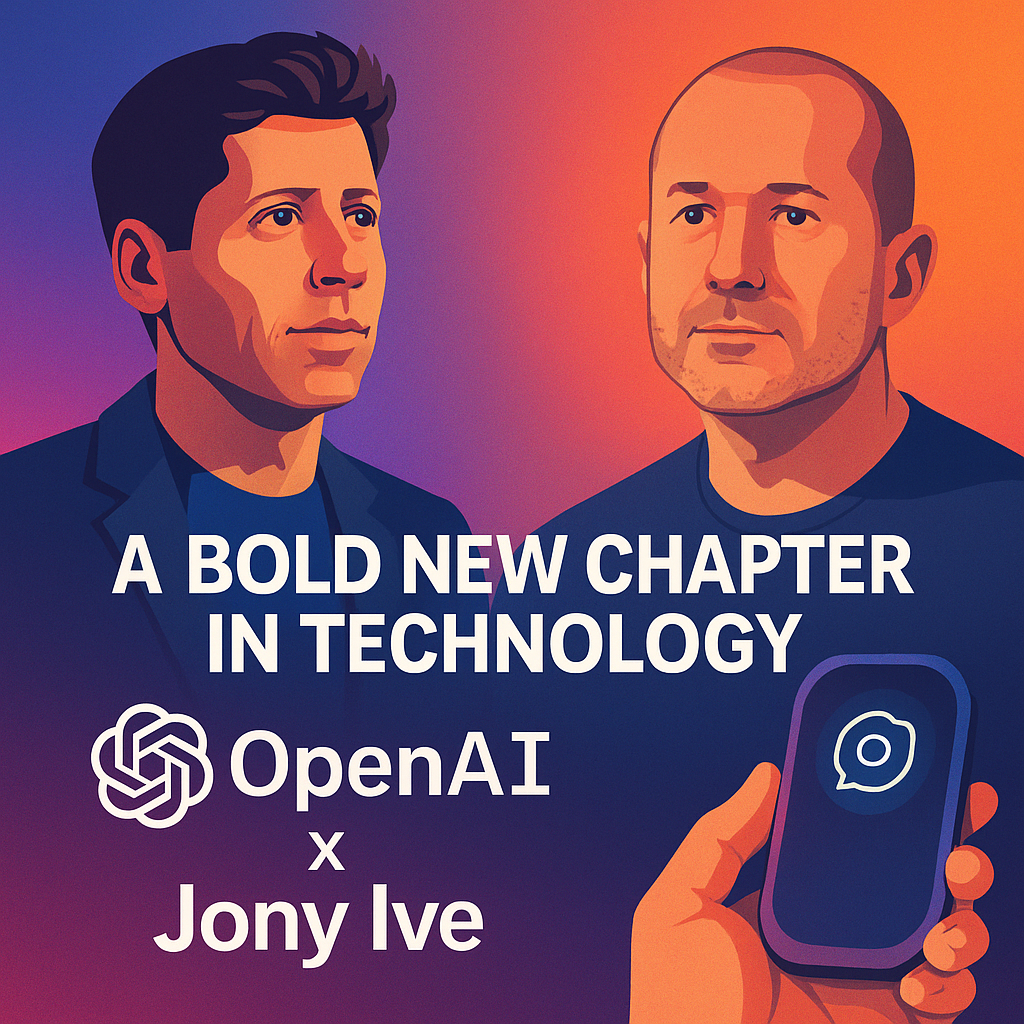The Dark Side of Vibe Coding: Is AI Taking Over?
You’re out here writing code all day, while AI is quietly learning how to match your “vibe.”The Dark Side of Vibe Coding: Unsettling, right?
Three years ago, we needed precise instructions for any AI output. Nowadays, a casual “make it more friendly” changes the whole atmosphere. This vibe coding revolution is reshaping how humans and machines communicate.
I’ve spent the last six months diving into this phenomenon, testing how far these systems can go in understanding our emotional subtext. The results will either fascinate or terrify you.
But here’s what keeps me up at night: if AI can already read between the lines of our requests, how long until it starts anticipating what we want before we even know ourselves?
Understanding Vibe Coding in the AI Landscape
What exactly is “vibe coding” and why it matters
Vibe coding isn’t just another tech buzzword—it’s reshaping how we think about software development. At its core, vibe coding refers to an intuitive approach where developers communicate high-level intentions to AI systems that then generate the actual code.
Think of it like describing the “vibe” you want your application to have, and letting AI handle the technical implementation. Instead of manually writing every line of code, you might say “Create a minimalist e-commerce checkout page with animated transitions” and watch as the AI builds it for you.

Why should you care? Because it’s democratizing tech creation. People who couldn’t code before can now build sophisticated applications. A marketing manager can create a custom analytics dashboard without knowing Python. A teacher can build an interactive learning platform without JavaScript experience.
For professional developers, The dark side vibe coding means focusing on creativity and problem-solving instead of syntax debugging. It’s the difference between being a construction worker laying each brick versus being an architect with magic tools that build walls instantly.

The evolution from traditional coding to AI-powered development
Coding has come a long way from punch cards and assembly language. Let’s break down this evolution:
| Era | Approach | Developer Experience |
|---|---|---|
| 1950s-1970s | Machine/Assembly Code | Directly manipulating computer memory |
| 1970s-1990s | Procedural Languages | Writing step-by-step instructions |
| 1990s-2010s | Object-Oriented & Frameworks | Working with reusable components |
| 2010s-2020 | Low-Code Platforms | Visual development with minimal coding |
| 2020-Present | Vibe Coding | Describing intent for AI to implement |
The shift from traditional coding to vibe coding didn’t happen overnight. First came integrated development environments (IDEs) with code completion. Then GitHub Copilot suggested code snippets. Now we have systems that can generate entire functions from natural language descriptions.
This progression represents a fundamental shift in the relationship between humans and machines. Traditional coding required humans to think like computers. Vibe coding asks computers to understand human intention.
What’s wild is how quickly this transition accelerated. Features that seemed like science fiction in 2020 are commonplace in 2025. Junior developers today may never experience the painstaking process of writing every line of code by hand.
Key technologies driving the vibe coding revolution
Several breakthrough technologies have converged to make vibe coding possible:
Large Language Models (LLMs) form the foundation—they understand human instructions and generate appropriate code across multiple programming languages. The latest models can reason about code architecture and maintain consistency across thousands of lines.
Neural code representation allows AI to understand code not just as text but as functional units with purpose and relationships. This enables systems to modify existing codebases intelligently.
Multimodal interfaces combine natural language, sketches, and examples to clarify developer intent. You can literally draw what you want and describe its behavior.
Context-aware test generation automatically creates test cases based on your specifications, ensuring the generated code actually works as intended.
Perhaps most impressive is the feedback loop capability—systems that can iterate based on your reactions to what they’ve built. “Make the animation smoother” or “This isn’t secure enough” are actionable instructions that the AI can interpret and implement.
These technologies don’t exist in isolation. They work together as an ecosystem, each addressing different aspects of the development process.

Real-world applications changing our digital experience
Vibe coding isn’t theoretical—it’s already transforming industries:
In healthcare, clinicians with minimal technical background are creating custom patient management systems tailored to their specific workflows. A neurologist recently deployed a specialized seizure-tracking application in just three days—a project that would have taken months with traditional development.
Game development has seen perhaps the most dramatic impact. Independent creators can now generate complex game mechanics, character animations, and even entire levels through descriptive prompts. “Create a stealth sequence with visibility cones and guard patrols” produces functioning game elements that previously required specialized programming knowledge.
Enterprise software customization has become radically more efficient. Companies no longer wait months for IT departments to implement requested features. Business analysts can directly translate requirements into working software.
Education platforms now adapt in real-time to student needs. Teachers describe learning objectives, and vibe coding systems generate interactive exercises tailored to individual student progress.
The most fascinating applications blend human creativity with AI implementation. Artists with unique visions but limited technical skills can now create interactive installations and digital experiences that precisely match their conceptual ideas.
What’s particularly interesting is how these systems preserve human intention while eliminating tedious implementation details. The human remains the creative director, while AI serves as the technical executor.




Pingback: Neuralink Secures $650 Million to Launch Human Trials of Brain-Computer Interface -
Pingback: The OpenAI-Ive Future Tech Project - TODAYAIREPORT The OpenAI-Ive Future Tech Project
Pingback: Discover Google Veo 3, the latest AI video generation tool